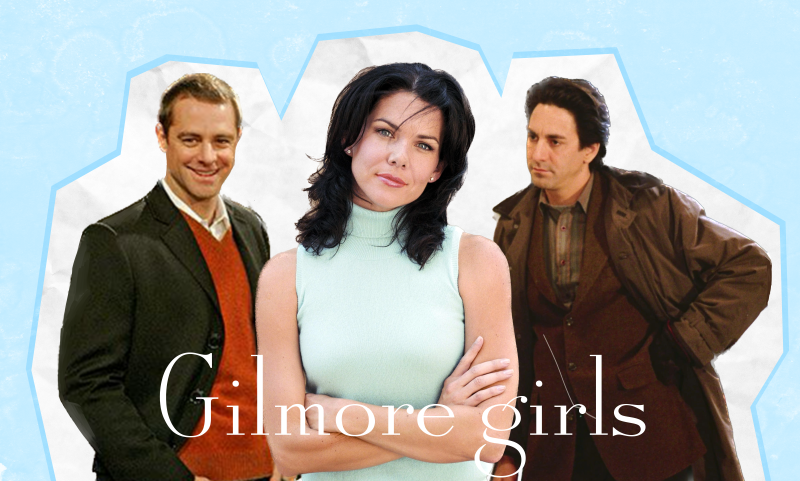Coffee plays a central role in Gilmore Girls. Someone even counted how many times it is mentioned in the series — 621 times over the 7 seasons or 4.05 times per episode. This person is either a real fan of Gilmore Girls, or they’re just a coffee maniac. If they’re the latter, they simply cannot be as big of a coffee maniac as the series protagonist — Lorelai Gilmore. Like many people, she starts her day with a cup of coffee at Luke’s diner. This ritual is not only a device to build a sense of structure into episodes and the overall story; rather, the cup of coffee is also a strong metaphor in Lorelei’s life for bringing people together to develop deep connections.
Recall Luke’s diner: this is the central meeting place in the series where Luke and Lorelai build their friendship and love. Drinking some good coffee is the perfect excuse for Lorelai to visit Luke’s diner again and again and again. Without coffee, the relationship crumbles. At various moments throughout the series when the two have a short fallout and Lorelai avoids the diner, she has to look for coffee elsewhere, at places like Weston’s Bakery. Alas, she feels misunderstood and the coffee doesn’t taste as good. Weston’s Bakery is indeed where, in season 5 episode 15, Lorelai says “Coffee, coffee, coffee!” and gets back three cups of coffee. In season 7 episode 11, she tries to order some peppermint coffee the day after Christmas, and all she gets back is “Christmas is over.” Still, nothing can replace Luke’s diner. On some level, Lorelai’s love for coffee is a reflection of her love for Luke.
In Gilmore Girls, coffee plays a crucial role beyond just romantic relationships; the very central mother-daughter bond between Lorelai and Rory lies in their coffee addiction. In the pilot episode, they get together at Luke’s diner (again!) to share a cup or two of coffee first and then chat. It is no coincidence that the scene worked so well that it was reproduced extensively throughout the series as a moment of intimacy between mother and daughter. Rory and Lorelai’s shared cups of coffee appear as moments of telling life experiences, secrets, projects, and dreams. The use of coffee as the element that brings them together is so ubiquitous that when Rory and Lorelai grow apart after Rory leaves for college, most of the scenes where they reunite to share their feelings take place over a cup of coffee.
Coffee is not only drunk in pairs. Lorelai often turns to coffee at any moment she’s having a hard time. She always drinks coffee before going to her parents’ Friday dinners, as if it helps her prepare for the expected feuds and estrangement. So, once again, coffee showcases its power to unite in a very surprising way.
A strong poetic statement of Gilmore Girls is how coffee is not simply an object or drink that decorates Lorelai and Rory’s story. As if Francis Ponge, the French writer famous for his use of metaphors, was plagiarizing by anticipation Amy Sherman-Palladino, the Gilmore Girls’ creator, coffee is a metaphor. Beyond, and perhaps thanks to, its simplicity, coffee means characters being together, getting to know each other, and falling in love. Without coffee, these relationships and their possibilities wouldn’t be possible. Coffee creates a bond to be formed and nurtured, making it one of the building blocks upon which characters in Gilmore Girls evolve through .
One alternative way to think of coffee as more of a symbol than as an object resides in the way coffee is represented in the series. In real life, Alexis Bledel, who plays Rory Gilmore, dislikes coffee. There is a moment in season 2, episode 21, “Lorelai’s Graduation Day,” where Rory is making coffee with a French Press. She pours cold water onto the coffee in the French Press, waits a few seconds, and presses the plunger down as if — in such a short amount of time, with the cold water — the coffee was brewed. For someone who is supposed to be a coffee expert, it is quite an amateur move. And more likely if Amy Sherman-Palladino cared about a naturalistic or realistic representation of coffee, we would observe more care in the techniques, the aspect, the precise vocabulary of coffee making and coffee tasting. But I believe this is not what coffee is about in Gilmore Girls. What matters is to drink coffee, and who you drink it with.
